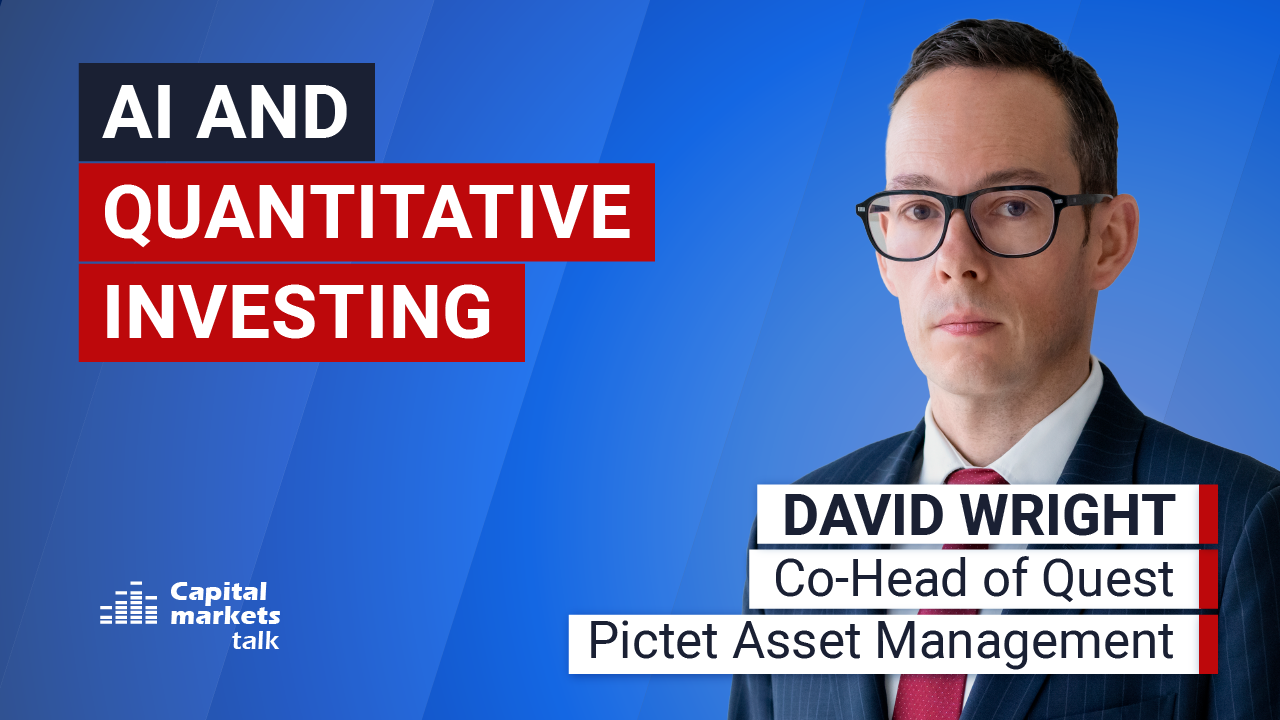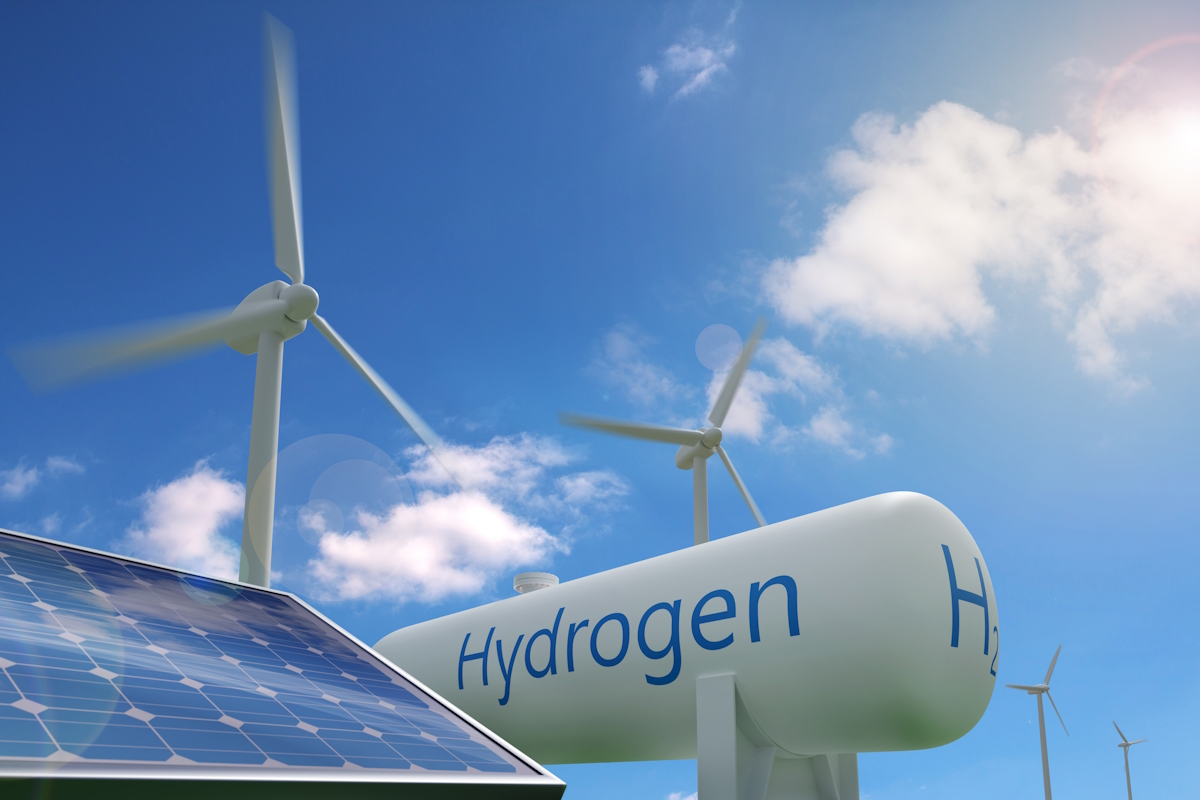The renewable energy sector has provided attractive returns int he past, driven by rising demand due to climate change awareness, and enhanced competitiveness of solar and wind power through technological advances and cost reductions. However, the inflationary pressures of 2022 and 2023 have increased the costs of project financing and raw materials, introducing uncertainty about the profitability of future projects, says Janus Henderson Investors.
“The uncertainty this has added to the profitability of future projects has seen many stocks within the sector de-rate to valuations that look attractive, especially as these inflationary pressures have lessened in recent months,” writes Richard Brown, Client Portfolio Manager, Janus Henderson Investors, in a recent insight.
He outlines the cost deflation in the 2010s. In 2010, the cost of onshore wind energy was 95% higher than that of the cheapest fossil alternative. In 2022, the cost of new onshore wind projects fell to 52% below the cost of the cheapest fossil alternative, which represents a significant change in competitive dynamics.
Subsequently, strong shareholder returns followed, says Brown. “With the average European renewable energy company producing a 138% return over the 5 years to end 2020. However, since rates started to rise, their fortunes have reversed, returning -17.2% on average, well below the 21% delivered by the European market as a whole.”
Nevertheless, while the renewable energy market has faced a challenging period, investors would do well to monitor the sector closely in 2024, as per Brown. He further points to uncertainties, such as political risks. “An election victory for former president Donald Trump could mean a repeal of the Inflation Reduction Act (or at least the green spending that it is part of the programme), causing a meaningful hit to earnings.”
Read the detailed insight here.
Read more

Columbia Threadneedle Investments
What’s next for the US in 2025?
US equities remain attractive despite high valuations, but rising government debt could pose a threat to bond markets.

Quant Investing
AI and quantitative investing
Artificial intelligence applications go way beyond stock selection.

Schroders
Looking ahead: 30-year return forecasts
Higher returns are expected across asset classes, driven by stronger productivity growth for equities and elevated long-term central bank rate projections for bonds.

Bellevue Asset Management
Demographics and AI drive MedTech stocks
MedTech investment case: What makes it attractive, which trends stand out?





















